I have read lots of messages related to this subject and I am curious in undestanding the process in more detail and was just curious what the experts think as I work with my contractors to install this equipment correctly or at least much more correctly than what they were going to do originally.
I have a 5 ton unit that was recently installed replacing a 4 ton unit. Facing the old 4 ton unit I only had a return plenum on the right hand side with the 3 ducts. I made them add an Aprilaire 2210 filter rack on each side of the furnace and they directly connected the new 12" return right to the filter rack and I know what Udarrel says about that, but space is very limited. They are coming back to install a plenum on the left side with only about 20 inches available space outward, but we have plenty of room of upward height available of @ 40 inches or more. I would like to know what size it should be if I have them balance both sides with the combination of 4 ducts or two on each side of at least 12" in size. Does adding and moving duct on each side of the unit affect the CFM and FPM passing through each filter? Seems like it would have to? I also intend to install all the return ducts in the ceiling areas and eliminate the in the wall returns (they leak badly).
I have flex duct and the original sizes were:
Supply 2-10" and 2-12" or 1,560 CFM
Return 1-10" and 2-12" or 1,260 CFM
4 ton should be designed for 1,600 CFM
5 ton should be designed for 2,000 CFM
Would you say the unit's original duct layout was and is undersized really bad or typical, etc. for the return side for the 4 ton unit and both for the 5 ton unit currently?
I had them add one 12" return straight to the ceiling and changed one 10" supply to a 12" giving me equally 3 12" and one 10" and after they leave I will change the 2 remaining 10" to 12" as they do not want to do it. If anyone is curious I will tell you why. So, I will have a total of 4-12" ducts running for supply and 4-12" ducts of return giving me 480 CFM per duct totaling 1920 CFM for both supply and return. Is that satisfactory?
I am going to jump around a bit first, because I really like to know especially for the return if you used lets say two 16 inch flex duct that are 25' which would give you 2,000 cfm which is perfect right? So, 16" x 16"= 256 sq. in. grille area, but looking at Hart and Cooley's charts, it appears they are about 80 percent of open area or 205 sq in (their chart says 206 close enough). So 205 sq in. x 2= 410 sq in., according to Udarrel you want @ 1,000 sq in. of open return grill area for a 5 ton unit. So, how do you make that happen when you only have 410 sq in.? If you branch off into other rooms don't you start increasing factors like ESP, FPM, and start decreasing CFM? It seems like if you had unlimited space you need 5 separate 16" ducts, so 205 sq in. x 5= 1,025 sq in., But now you have 5,000 CFM of available return. That has to be too much return. The only other way I seem to see it is to enlarge the opening, boot and grille on the end of each of the two 16" trunks. Their sizes would be actually 625 sq. in. x 0.8 = 500 sq. in. of free area. That would be two 25" x 25" grilles right? Now, I would guess they don't make boots that large and now you would have to build an enclosure with those dimensions. Does that change CFM, FPM values to be lower and ESP higher? If so, seems like you can't do much about it if it is too high you would have to go to metal duct and I would guess not many contractors do that. I would assume you would have to live with what the ESP turns out to be, which I will be checking that out too after all this is done. With this configuration what would the FPM and CFM back at the plenum passing through those two APrilaire 4 inch filters rated @ 347 FPM @ 2000 CFM of .27 IAR @ be? Their chart says @ 1000 CFM of .08 IAR for reference. Their filter area opening is @ 20" x 21" x 2.
So, if we change the configuration needing the two 16" trunks to enter 4 separate rooms, how would you run and setup the returns to meet the 1000 sq. in. open area grilles to only have @ 300 FPM passing through the two 4" filters? Same as above except, instead of two 25" x 25" grille area it would be four 18" x 18" grilles giving us 1,296 sq. in. x 0.8= 1037 sq. in.? If these grilles looked too large in the ceiling, you would have to keep changing duct work sizes downward and that would increase FPM and ESP, right? Would CFM decrease also?
Back to my hopeful reconfiguration is having at least 4 12" ducts and at least 7 return grilles, which will have me short by 195 sq. in. 12" x 12" grille= 144 sq in x 0.8 = 115 sq. in. So, 115 sq. in. x 7 grilles = 805 free area sq. in. I would need two more openings, boots and grilles @ 115 sq. in. x 2 = 230 sq. in. + 805 sq. in.= 1035 sq in. Or can I enlarge 5 grilles to 14" grilles and boots with 14" to 12" reducers as that would add @ 41 sq. in. per opening. So, 5 x 41 sq. in.=205 sq. in. + 805 sq. in.= 1,010 sq. in. of free grille area. Am I looking at this correctly? Same as above example, what would be the @ CFM and FPM @ each grille in this example? This seems a lot of effort to get enough return area, but I will make this happen if this is correct. By the way, I am after the fact calculating using the Manual J for the heat loss/heat gain of my home and then I will do the Manual D for correct duct sizing since my contractor did not do it.
Thanks for everyone's time.





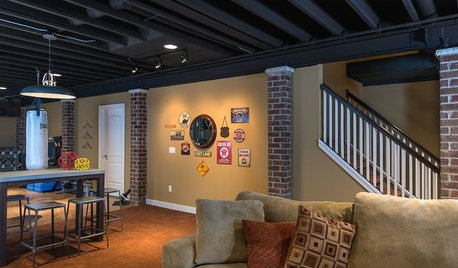
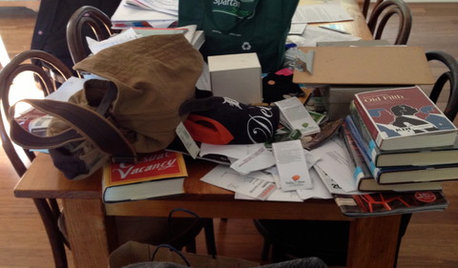
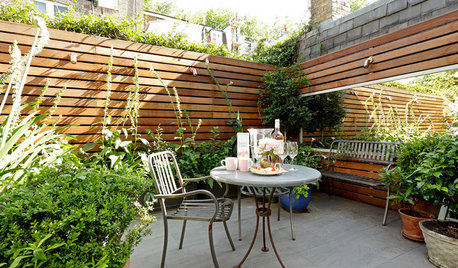
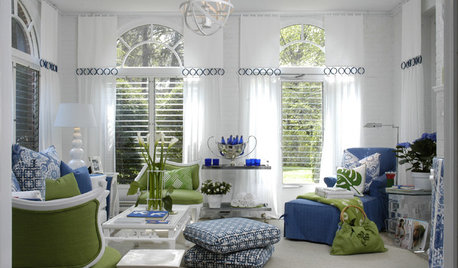
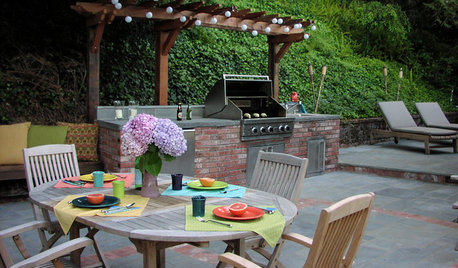





red_oakOriginal Author
Related Discussions
Question about return duct work $ and efficiency
Q
Return Air Filter Grill with Air Filter
Q
Return Air Duct placement 2 story great room DESIGN DILEMMA!
Q
Removing A Few Return Air Ducts
Q